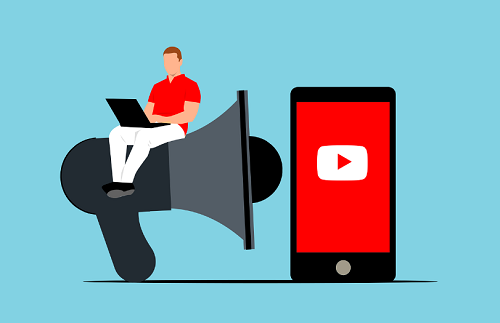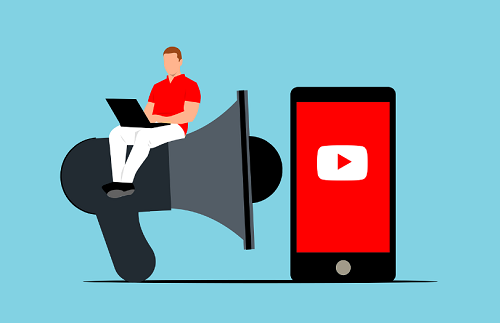


In today’s digital age, creating engaging and captivating blog content goes beyond well-crafted text. To truly stand out and connect with your audience, integrating multimedia elements—such as videos, podcasts, and infographics—into your blog posts is key. These elements not only enrich the reader's experience but also offer substantial benefits for engagement, retention, and search engine optimization (SEO). In this article, we’ll explore how incorporating various types of multimedia can transform your blog and provide practical tips for making the most of these tools.
Multimedia content serves as a powerful tool to enhance your blog in several ways:
Increased Engagement: Multimedia elements like videos and images capture attention more effectively than text alone. They draw readers in, keeping them on your page longer and encouraging interaction through comments, shares, and likes.
Improved Information Retention: Humans process visual information faster and more effectively than text. Videos, infographics, and other visual elements help reinforce key messages and make complex information more digestible and memorable.
SEO Benefits: Search engines favour rich content. By integrating multimedia, you can improve your blog’s SEO performance. Longer time on page, reduced bounce rates, and opportunities for optimization (such as adding alt text to images) can contribute to better search engine rankings.
Videos
Videos can transform your blog posts by providing dynamic and engaging content. Here’s how to effectively integrate them:
Podcasts
Podcasts are an excellent way to offer in-depth discussions and interviews. To leverage podcasts effectively:
Infographics
Infographics are ideal for presenting data and information in a visually appealing format. Here’s how to use them:
Images and Galleries
High-quality images and galleries can enhance the visual appeal of your blog. Here’s how to optimize their use:
To maximize the benefits of multimedia, follow these best practices:
Relevance and Quality: Ensure that all multimedia content is relevant to your blog topic and of high quality. Poor-quality or irrelevant content can detract from the user experience and reduce engagement.
Optimization: Optimize multimedia files for faster loading times. Use tools to compress images and videos without sacrificing quality. Additionally, ensure that all multimedia content is SEO-optimized with appropriate alt text, captions, and metadata.
Accessibility: Make your multimedia content accessible to all users. Provide transcripts for podcasts and videos, and ensure that images have descriptive alt text. This not only helps with SEO but also makes your content more inclusive.
Here are some tools to help you create and manage multimedia content:
To illustrate the impact of multimedia, consider these examples:
Successful Blogs: Blogs like ProBlogger and Neil Patel effectively use multimedia to engage their audiences. Analyse how they integrate videos, infographics, and podcasts into their content strategy.
Before and After: Look at examples of blog posts with and without multimedia. Notice how multimedia-enhanced posts offer a richer, more engaging experience and can result in higher engagement metrics.
Incorporating videos, podcasts, and other multimedia elements into your blog posts can significantly enhance the user experience, boost engagement, and improve SEO. By following best practices and using the right tools, you can create more compelling and effective content. So, start exploring the possibilities of multimedia and watch your blog thrive with enriched, engaging, and dynamic content.
By leveraging multimedia effectively, you can create a blog that not only attracts readers but also keeps them coming back for more.
Disclaimer: This article is provided for informational purposes only. It is not offered or intended to be used as legal, tax, investment, financial, or other advice.
Featured Image - Pixabay
